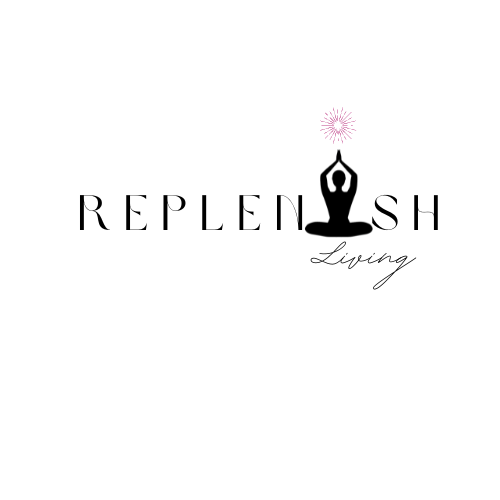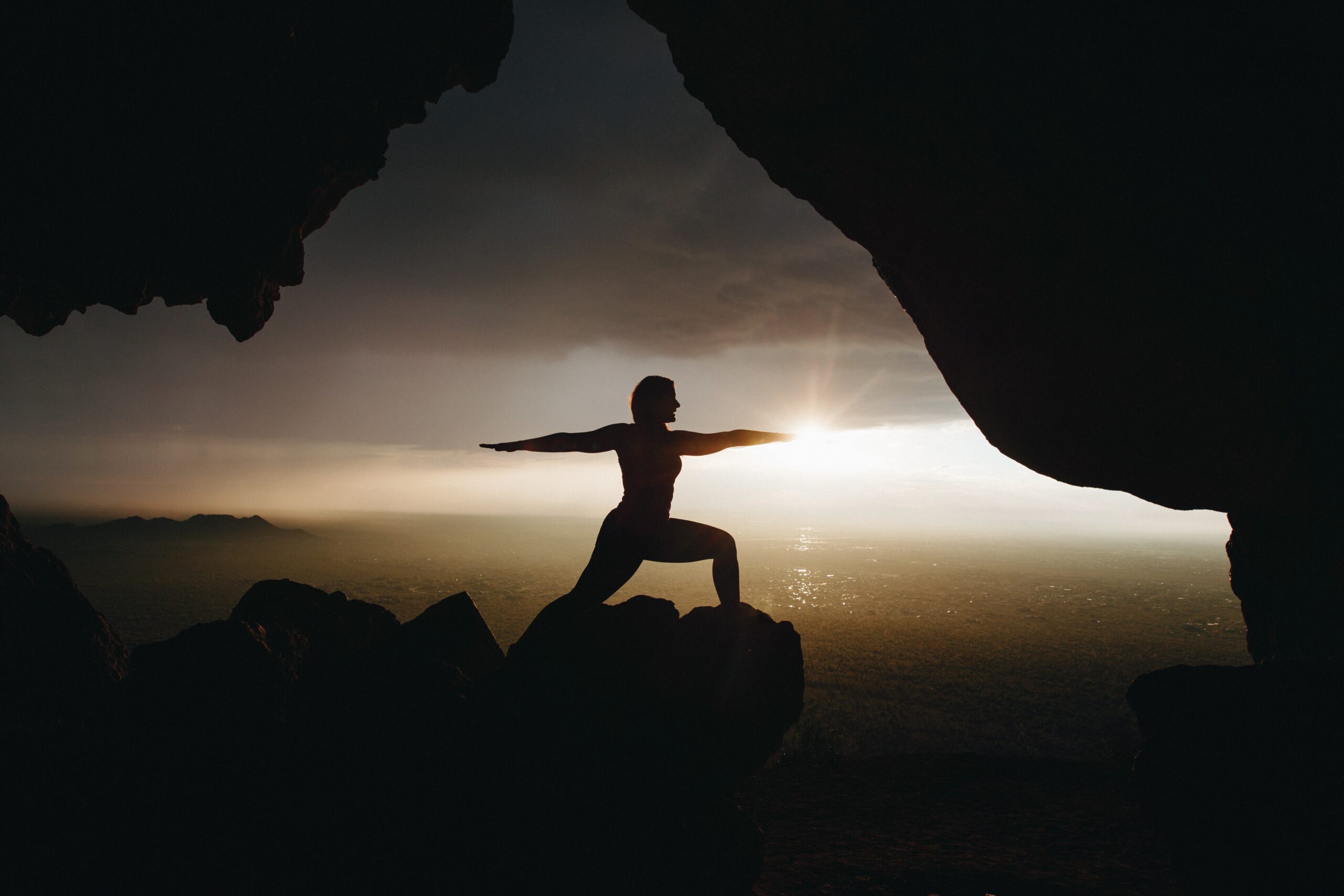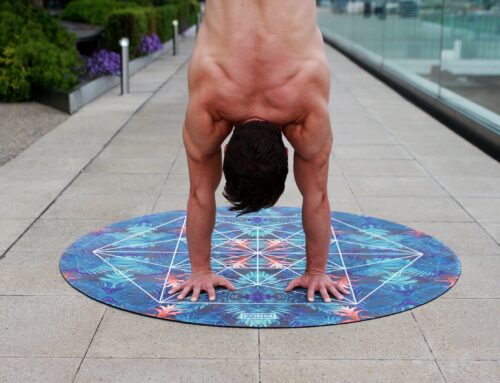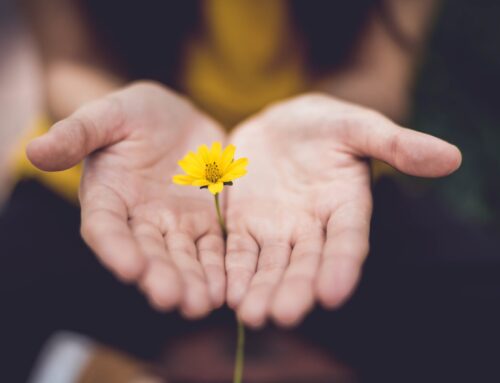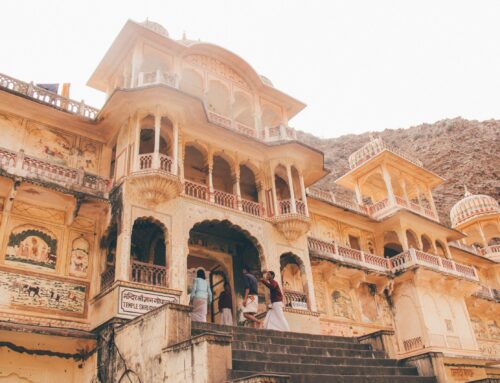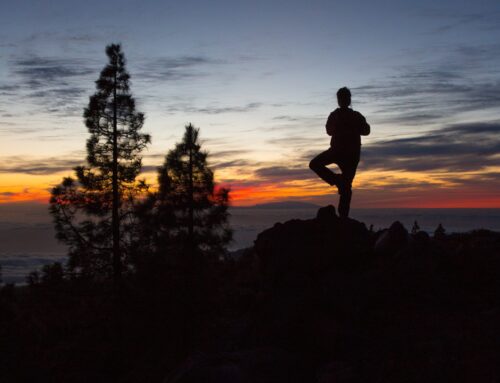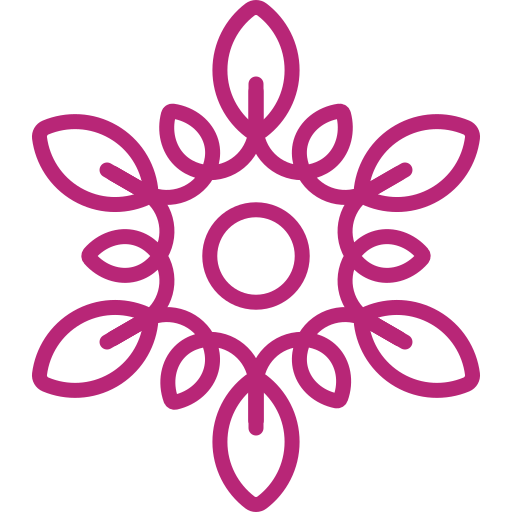Traditional Yoga: Brilliance for Today’s Bullshit
I will never forget the moment in my Yoga Teacher Training the day the 8 Limbs of Yoga document was laid out in front of me. I thought yoga was mats, pants and poses. Period.
Then the beautiful, simple-yet-complex 8 Limbs were explained to me, and a process of opening my mind and heart to how things could be, who I could be and how the world could be all started to open up to me. These practices date back thousands of years and are brilliant in how they can help us better navigate life from suffering to contentment, from the false perception of control to surrender and from fear to loving kindness.
Today I try to hand out the same 8 Limbs sheet I was given to everyone who comes to the Replenish studio- even if they are just there to try a walk-in class. I want all potential students of yoga to know there is more than poses and Yoga Journal. There are rich, beautiful traditions for better living in every Limb to explore.
The Masters recognized that before one would be able to find the time to “do their practice,” they would likely need to get daily life in order. How often do we “intend” to go to class, and then life sweeps us away or we are swept further from ourselves?
The eight limbs start with the ethical system of yoga in the form of the Yamas and Niyamas. The foundation of this concept is we need to have our daily life “right” with ourselves and others to find time to DO the practice. So practicing the Yamas and Niyamas is about how we live daily, and they invite us into peace, presence and kindness.
Yamas– The five restraints – how we live in the world externally
- Ahimsa – Nonviolence – the required gentleness for ourselves and all others required for the first step of peace; lovingkindness expressed to all; often traditionally practiced as vegetarian/vegan in diet
- Satya – Truthfulness – the honesty to live in connection with your True Self
- Asteya – Non Stealing – the ability to not take what is not needed and what is not ours from the plant, others or ourselves
- Brahmacharya – Non Excess – the ability to not withhold, but restrain and experience joy in all things with moderation that allows us to keep balance; to walk with God; sometimes practiced as celibacy
- Aparigraha – Non Attachment, Non Greed– the ability to live without need
Niyamas– The five observances- how we life with ourselves internally
- Saucha – Purity- the effort and ability to live with cleanliness in what we allow in and around our mind, body and Spirit
- Santosha – Contentment – the choice to live happily wherever one is
- Tapas- Self –Discipline, Training of the senses; Change, the ability to evolve and flow with the Live Force, transformation
- Svadhyaya – Self Study- inner exploration, living with reflection and effort for self appreciation and understanding without judgment
- Ishvara Pranidhana – Surrender to God, choose to go along for the ride of Life with the Divine
When we have right intention and living, we then dedicate the time to our physical body, breath and energy body to move towards balance, calm and the ability to quiet body and mind.
Asana– the physical poses that prepare the body to sit with effortless effort in meditation. The process of taking care of the physical body our Divine dwells in.
Pranayama– the energy of prana (life force energy) that is represented by the breath and connects us to the internal realm of Self and Divine….life itself.
With the body prepared to sit with connection to breath, calm and focus, we lovingly invite ourselves into meditation, into truth and light.
Pratyhara – the act of a sense of withdrawal, when the body and breathe are settled, transporting our focus to a place on our breath
Dharana– the complete concentration on an object, mantra or vision with focus
Dhyana– the state of deep mediation when we have a connection of oneness with our focus/world
Samadhi- the connection to the internal Divine often defined as total bliss and beyond all other words
The 8 Limbs represent a never-ending practice. We do not “do” a practice, then master it and never come back. The 8 Limbs meet us where we are at all times, and invite us into better and deeper understanding and meaning every time we revisit any piece.
[/et_pb_text][/et_pb_column][/et_pb_row][/et_pb_section]
